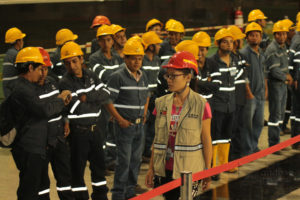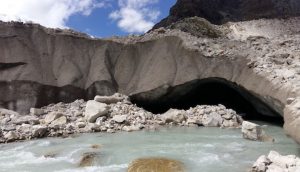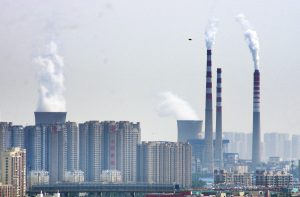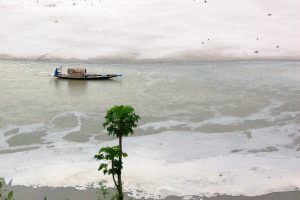November and December are peak rafting season on northern India’s Siang, but this year it is not the grade IV rapids that are scaring away enthusiasts – it’s the extreme muddiness of the river.
“We have not been able to raft at Siang. It is scary to put the rafts in,” said Oken Tayeng of Abor Country Travels, which organises rafting expeditions. All rafting activities have been put on halt, he says.
Up to ten inches of sediment has accumulated on some stretches of the riverbed and fishes have been dying, while the State Water Quality Testing Laboratory (SWQTL) has declared the water is unfit for human consumption; the Nephelometric Turbidity Unit (NTU) content of the water sample was 482, while the iron content was recorded at 1.65 mg/litre – beyond permissible limits. An exclusive look at the report from Arunachal Pradesh’s Public Health Engineering Department was shared with The Third Pole.
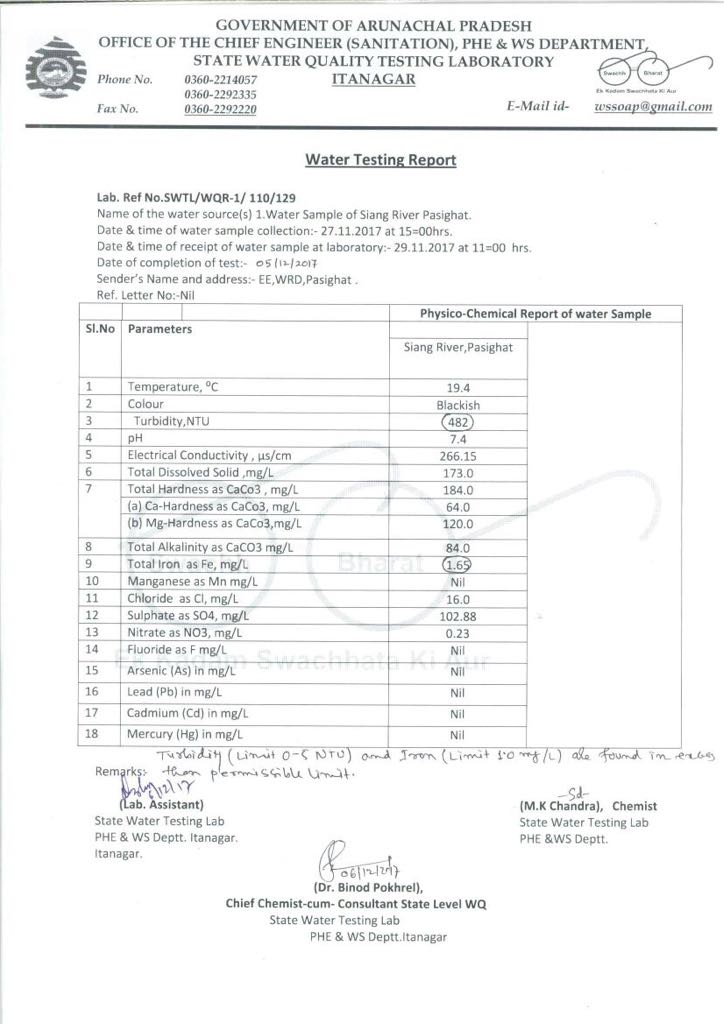
An official of the Upper Siang district administration said that, initially, they thought the river was muddy due to the rain. But even after the rains stopped, the colour did not change. The water was muddy even as it entered Indian territory in Gelling in Upper Siang.
If the water does not clear up, it will severely impact agriculture production in area, says a district administrator of the neighbouring Siang district. Siang valley is known as one of the rice bowls of the state and several villages are directly dependent on the river.
“We have not been able to fish at all because the water is too muddy and there are no fish,” says Ajeet Morang.
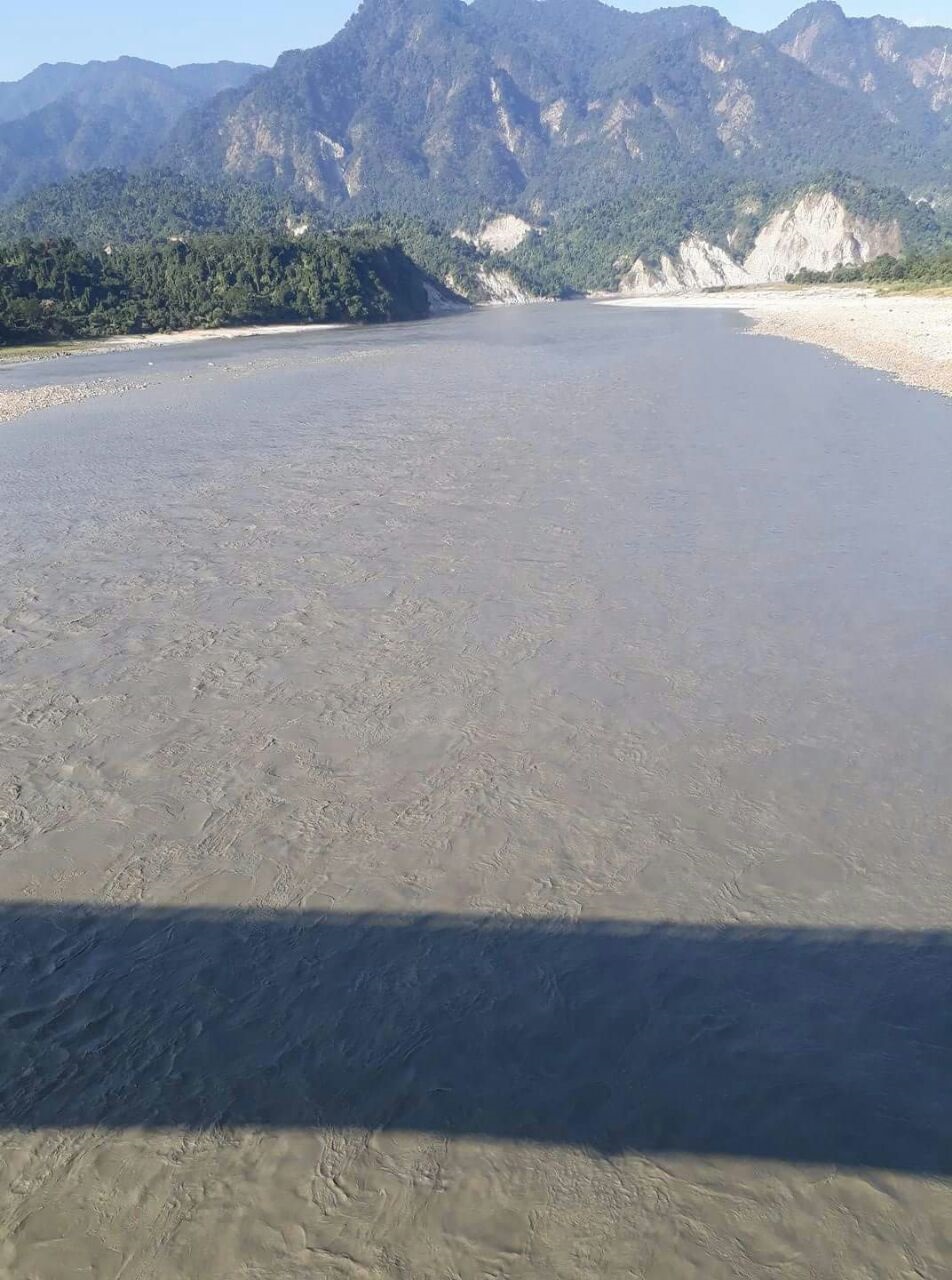
Pasighat, the largest town along the river, has seen dead fish wash up on the banks since mid-November. Although people in large stretches are not directly dependent on the main Siang River, the effects are already being seen in Assam and Arunachal in aquatic life loss and livelihoods issues. Vijay Taram of the forum for Siang Dialogue says that the central government should do a rigorous study to find out the cause.
The Siang river has not been unpredictable, unlike other rivers, therefore the sudden change in colour – as well as the receding water level – has become a cause of concern and led to much speculation. People living along the Siang remember the June 2000 floods, when the river had turned muddy throwing up various dead species – but the river cleared up within a week.
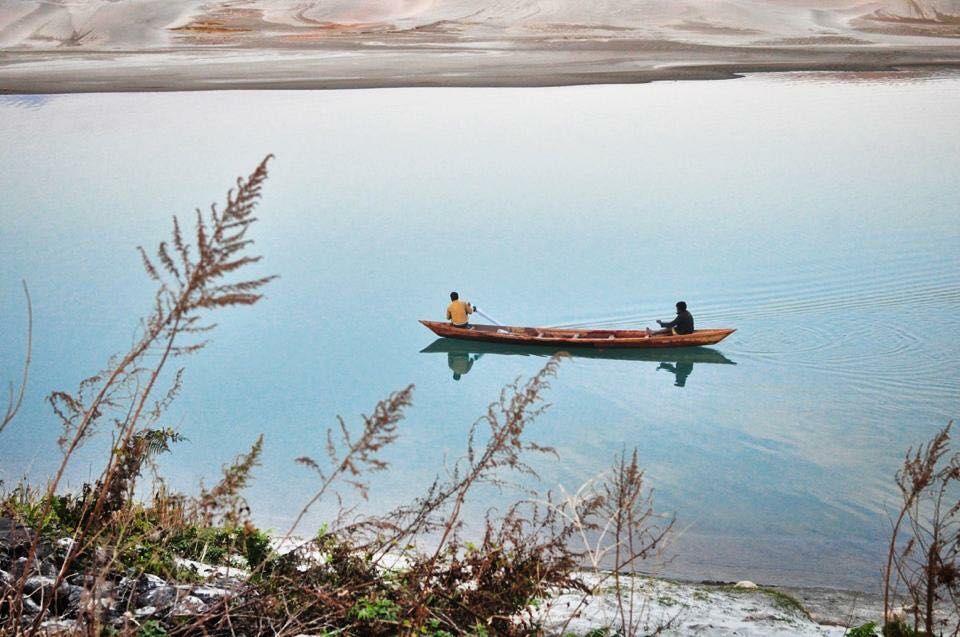
Given the limited information sharing across the India-China border, though, there has been enormous suspicion by Indian politicians of alleged Chinese activities that may have led to the polluting of the river.
The chief minister of Arunachal Pradesh, Pema Khandu, asked the central government to take up the matter with Beijing after inspecting the river in Yingkiong, near the Indo-China border. Earlier the Lok Sabha MP from Arunachal Pradesh, Ninong Ering, had written a letter to the Indian Prime Minister, noting that the river changing its colour was an unusual phenomenon in the winter months.
![<p>The usually clear Siang is brown and dangerous this winter in Arunachal Pradesh [image by: HK Roy]</p>](https://dialogue.earth/content/uploads/2017/12/HK-ROY.jpg)

